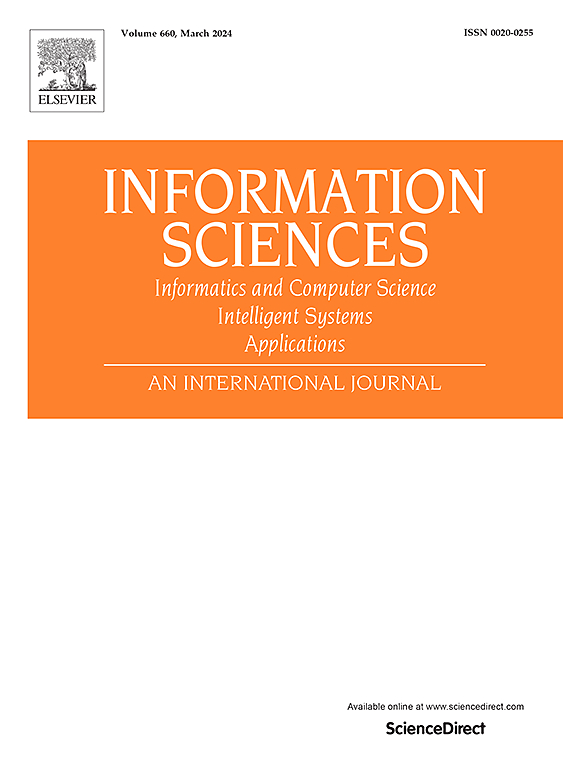A deep contrastive multi-modal encoder for multi-omics data integration and analysis
IF 8.1
1区 计算机科学
0 COMPUTER SCIENCE, INFORMATION SYSTEMS
引用次数: 0
Abstract
Cancer is a highly complex and fatal disease that affects various human organs. Early and accurate cancer analysis is crucial for timely treatment, prognosis, and understanding of the disease's development. Recent research utilizes deep learning-based models to combine multi-omics data for tasks such as cancer classification, clustering, and survival prediction. However, these models often overlook interactions between different types of data, which leads to suboptimal performance. In this paper, we present a Contrastive Multi-Modal Encoder (CMME) that integrates and maps multi-omics data into a lower-dimensional latent space, enabling the model to better understand relationships between different data types. The challenging distribution and organization of the data into anchors, positive samples, and negative samples encourage the model to learn synergies among different modalities, pay attention to both strong and weak modalities, and avoid biased learning. The performance of the proposed model is evaluated on downstream tasks such as clustering, classification, and survival prediction. The CMME achieved an accuracy of 98.16% and an F1 score of 98.09% in classifying breast cancer subtypes. For clustering tasks across ten cancer types based on TCGA data, the adjusted Rand index reached 0.966. Additionally, survival analysis results highlighted significant differences in survival rates between different cancer subtypes. The comprehensive qualitative and quantitative results demonstrate that the proposed method outperforms existing methods.
求助全文
约1分钟内获得全文
求助全文
来源期刊

Information Sciences
工程技术-计算机:信息系统
CiteScore
14.00
自引率
17.30%
发文量
1322
审稿时长
10.4 months
期刊介绍:
Informatics and Computer Science Intelligent Systems Applications is an esteemed international journal that focuses on publishing original and creative research findings in the field of information sciences. We also feature a limited number of timely tutorial and surveying contributions.
Our journal aims to cater to a diverse audience, including researchers, developers, managers, strategic planners, graduate students, and anyone interested in staying up-to-date with cutting-edge research in information science, knowledge engineering, and intelligent systems. While readers are expected to share a common interest in information science, they come from varying backgrounds such as engineering, mathematics, statistics, physics, computer science, cell biology, molecular biology, management science, cognitive science, neurobiology, behavioral sciences, and biochemistry.
 求助内容:
求助内容: 应助结果提醒方式:
应助结果提醒方式:


